Keeping people out of emergency the key to fixing wait times
Nearly half of the patients who attend the state’s emergency departments are waiting more than four hours for treatment, the latest Health Dashboard reveals.
Tasmania
Don't miss out on the headlines from Tasmania. Followed categories will be added to My News.
- Waiting list for elective surgery blows out by 43 per cent, new data shows
- Tasmanian elective surgery waiting lists hit new record high: ALP
DIVERTING people from the state’s emergency departments was one of the ways the state government was planning to reducing waiting times, Health Minister Jeremy Rockliff says.
The latest update to the state’s Health Dashboard showed that just 55 per cent of those who present to the state’s emergency departments are out within four hours
And while 100 per cent of immediately life-threatening cases are dealt with immediately, just 53 per cent of imminently life-threatening cases are seen within the recommended ten minutes and just 41 per cent of those with potentially life threatening conditions are seen within the recommended 30 minutes.
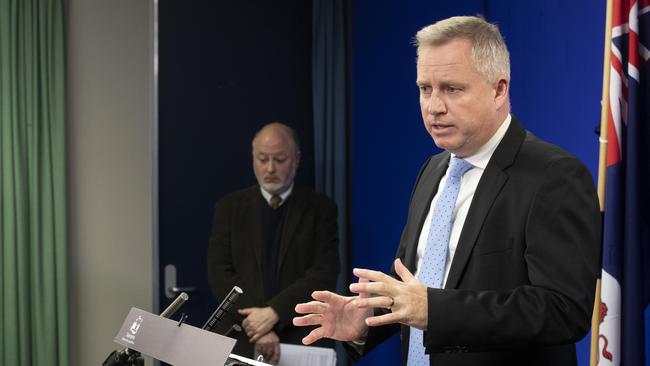
Mr Rockliff said the government was sharply focused on fixing the problem.
“The emergency department, it’s a complex and indeed very challenging environment,” he said.
“I visited the emergency departments in Burnie, the Mersey, Launceston and Hobart in recent weeks and I can say that a lot of staff do a fantastic job and often under very, very difficult circumstances.
“What we’re also trying to do is ensuring that where we can prevent people from attending the emergency department by receiving primary care outside of the emergency setting.”
A feasibility study into the establishment of Urgent Care Centres in Launceston and Hobart released in October last year found that they could reduce the demand on emergency departments.
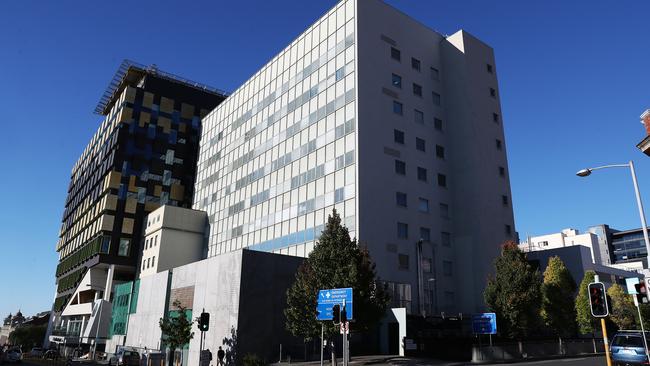
The government is spending $3m on a 12-month pilot program at the Newstead Medical Clinic in Launceston.
The Minister said the Health Dashboard update it was not all bad news.
“The pleasing aspect of the Health Dashboard released on Friday is that we have reduced the elective surgery waiting list by almost 1000 people since January this year and that is a step in the right direction,” he said.
“I do remain concerned about the number of people that are not receiving their elective surgery within the clinically recommended time frames, over-boundary patients, as it is referred to.
“And it is my objective to ensure that we get elective surgery waiting lists down to that sustainable level.”
Tasmania’s elective surgery waiting lists fall from record highs
TASMANIA’S elective surgery waiting list fell by 1.6 per cent in the month to June, new figures show.
There were 11,284 people waiting for operations last month, down 195 on the May figure.
But the number of patients in the most acute need, category one, rose from 1005 to 1042 and the average wait time is 72 days for treatment which should be delivered in within 30 days.
Overall across the three categories of care, under half of patients are seen within the clinically recommended time frame.
And just 55 per cent of people visiting emergency departments are seen within four hours.
The number of patients who were admitted for surgery from the elective surgery wait list fell by 13 per cent to 1,683 in the month.
Health Minister Jeremy Rockliff said the government was delivering more funding, more staffing and more health services than every before
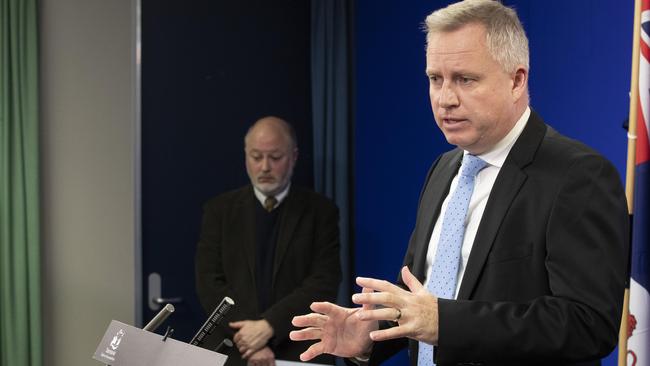
“Our record elective surgery blitz will ensure even more patients can get the surgery they need within the clinically recommended time. Importantly, the additional $120 million commitment made during the state election is over the term of Government, enabling longer-term planning and certainty.
“A four-year elective surgery plan is currently under development, in line with our plan for our first 100 days, which will enable us to deliver an additional 22,300 elective surgeries and endoscopies.
“There are now 55,085 people waiting for an outpatient appointment, which is down from 55,229 in April 2021.
“While Covid restrictions have had an impact, I acknowledge this is still too many.”
He said the problem was made worse by the 40,000 missed appointments each year and urged people to try to attend.
The number of people waiting for outpatients appointments fell by 0.09 per cent, from 55,135 to 55,085.
Hospital activity was stable with 13,397 patient separations, and 14,700 emergency department presentations.
$600m pumped into Tassie’s struggling health system
THE state government will pump an extra $600m into health in next month’s state budget Premier Peter Gutwein says.
The money, to be spent over the next four years, will be divided between boosting the capacity of the health system and providing a contingency for another outbreak of Covid-19.
Mr Gutwein revealed the budget boost — which comes on top of promises made during the recent state election campaign — at a media briefing on Friday.
“The government’s made a decision that we need to invest more into health and importantly, we need to have additional flexibility should we see the impact of Covid in terms of a lockdown, or some form of outbreak,” he said.
“Now, in terms of what that means for the budget, is that we are going to delay retain the surplus by one year.
“We initially forecast that we returned a surplus in the 2022/23 year, we will a surplus in 23/24, and obviously in 24/25.
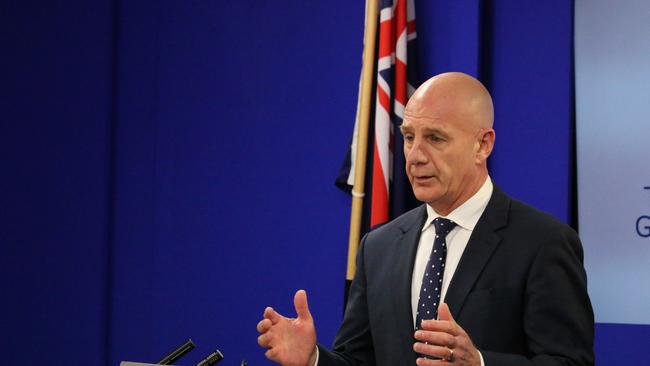
Mr Gutwein released the 2020/21 Preliminary Outcomes Report, which detailed how close last year’s state budget was to reality.
The report painted a significantly rosier picture of the state’s finances than was forecast.
The deficit is now estimated to be $411m, down from $1118m — a $706m improvement.
And net debt is $459m, instead of $1854m — $1.4bn better than expected.
Mr Gutwein said the impact of the pandemic has been less than feared and the state’s economy was rebounding sharply.
“That is a good set of numbers — a much better set of numbers than what we originally forecast or expected largely driven as a result of the confidence we’re seeing in the community and importantly, the investment that’s occurring,” he said.
Part of the improvement was due to the government's ongoing inability to deliver its infrastructure promises.
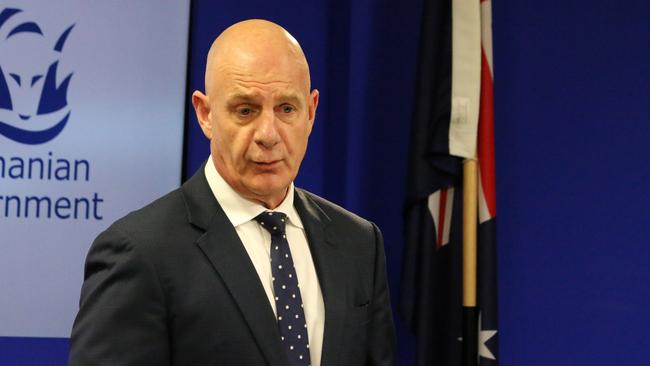
The report revealed a projected underspend $431m of $1073m on projects this financial year — with the government delivering just 59 per cent of what it promised.
There was a $159m underspend on roads, $128m on health projects, $38m on police and emergency services and $27m on justice.
But Mr Gutwein said this too was a positive: it showed the private sector was working at 100 per cent capacity and has a long list of jobs to get on with to keep the economy growing.
The state also benefited from a big increase in GST receipts, an 18 per cent jump in conveyance duty thanks to the property boom and a 37 per cent increase in motor vehicle duty as car sales boomed.
Labor’s Treasury spokesman Shane Broad said Mr Gutwein had only recently reassured the House that he would stick to his timeline to get the Budget back to surplus.
“Today he broke a promise to Tasmanians that was only a few weeks old,” he said.
“Our state cannot afford to continue to ride the wave of unexpected GST revenue as a form of keeping the Budget in the good.
“As Tasmania’s net debt grows, so too does the list of failed infrastructure projects, the public health waitlist and the public housing waitlist.”



